| Model name | 3.2V-3Ah | 3.6V-5Ah | 3.6V-5.5Ah |
| Typical Capacity | 3000mAh | 5000mAh | 5500mAh |
| Minimum Capacity | 2970mAh | 4900mAh | 5450mAh |
| Operation Voltage | 2.0-3.65V | 2..75-4.2V | 2.75-4.2V |
| Cell AC Impedance(1KH) | ≤10mΩ | ≤20mΩ | ≤20mΩ |
| Shipment Capacity | 50% SOC (About 1500mAh) |
About 60%SOC (about3000mAh) |
About 60%SOC Charging status (≥3300mAh) |
| Charge Operating Temperature | 0-45℃ (Environment temperature) |
||
| Discharge Operating Temperature | -20~60℃ (Environment temperature) |
-20~60℃ (Environment temperature) |
-20~60℃ (Cell surface temperature) |
| Cell Weight(g) | About 85g | About 95g | About 94g |
| Cell Dimension(mm) | 65.3±0.3 * 26.3±0.2 | 65.2±0.3 * 26.7±0.2 | 65.2±0.3 * 26.7±0.2 |
| Standard Charge Current | 3000mA | 2500mA | 2750mA |
| Standard Charge Voltage | 3.65V max for Unit Cells | 4.2V max for Unit Cells | 4.2V max for Unit Cell |
| Standard Charge Model | Cell is charged with constant current of 1C to 3.65 V, and the it is convertedto 3.65V constant voltage charging until the charging current is less than0.02C(60mA) | Cell is charged with constant current of 0.5C to 4.2 V, and the it is converted to 4.2Vconstant voltage charging until the charging current is less than 0.01C (55mA) | |
| Charge Temperature | 25±2℃ | 25±2℃ | 25±2℃ |
| Charging Cut-off ProtectiveTemperature | 0~60℃ | 0~55℃ | 0~45℃ |
| Charging Protective Voltage | 4.00V max. | 4.25V max. | 4.2V max. |
| Standard Discharge Current | 3000mA | 5000mA | 5500mA |
| Max.Discharge Current(Continuous | 30000mA | 10000mA | 11000mA |
| Max.Discharge Current (LongPulse) | 45000mA | 15000mA | 16500mA |
| Max. Discharge Current(ShortPulse) | 60000mA | 25000mA | 27500mA |
| Discharge Cut-off Voltage | 2.0V Min. for unit Cell | 2.75V Min. for unit Cell | 2.75V Min. for unit Cell |
| Standard DischargeTemperature | 25±2℃ | 25±2℃ | 25±2℃ |
| Discharge Cut-off ProtectiveTemperature | -20~75℃ | -20~70℃ | -20~60℃ |
| Temperature Increasing during Continuous Discharge |
≤5℃ | ≤5℃ | ≤5℃ |
| Temperature Increasing during High Rate Discharge |
≤30℃ | ≤10℃ | ≤10℃ |

One-stop Africa battery swap solution – new energy electric motorcycle intelligent operation management
This article will cover the current situation of Africa’s market, the rapid development of the Africa battery swap industrial chain and Tycorun’s battery swap solution.

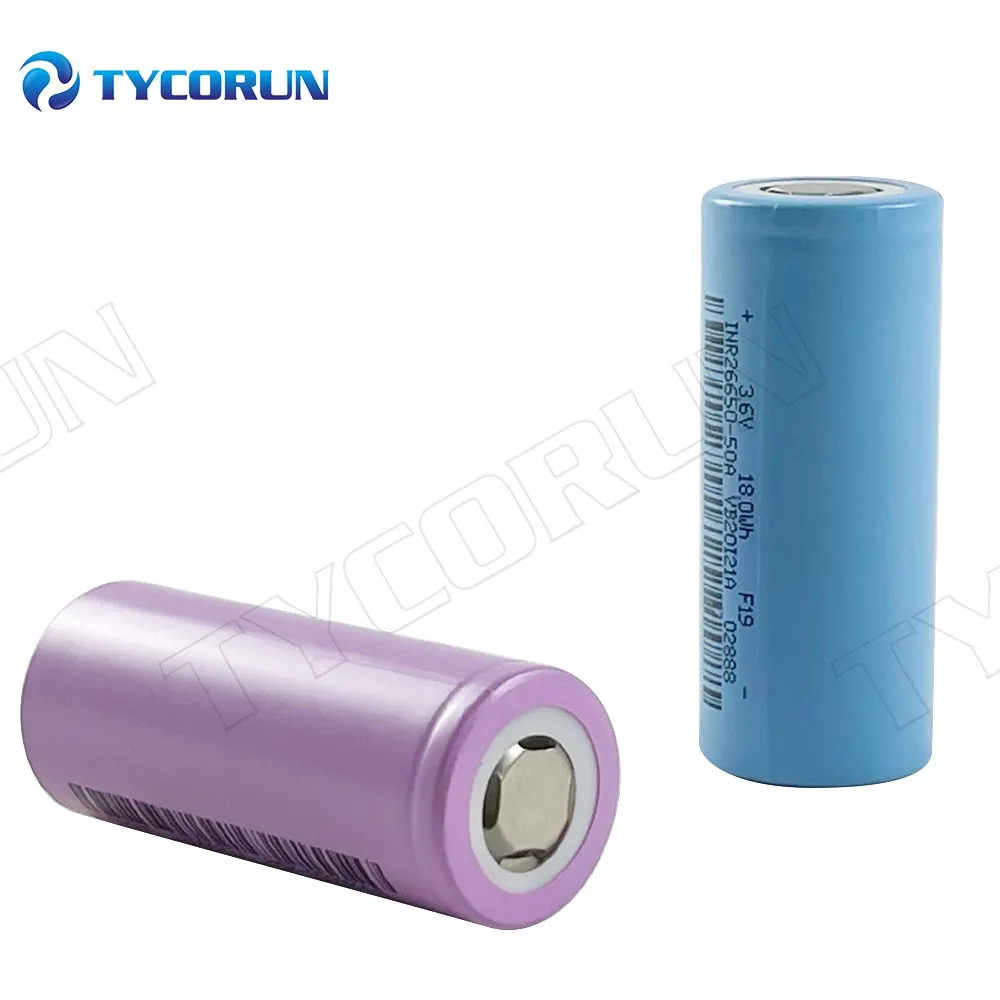
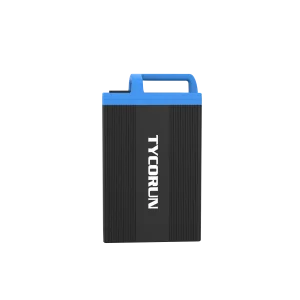
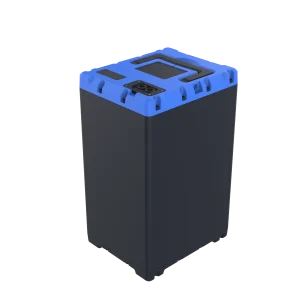
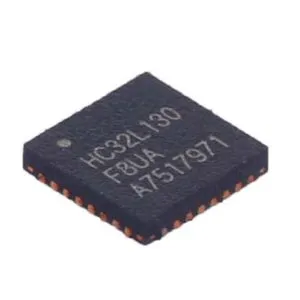
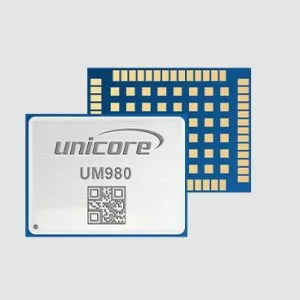
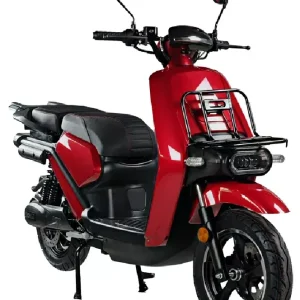
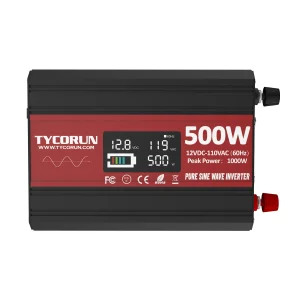
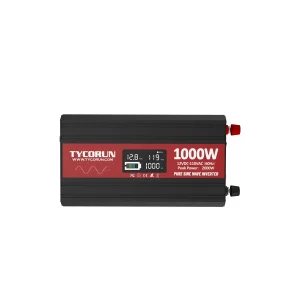
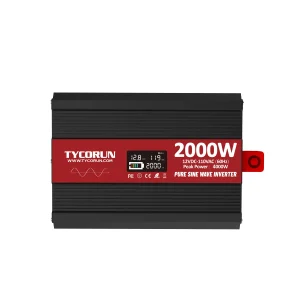




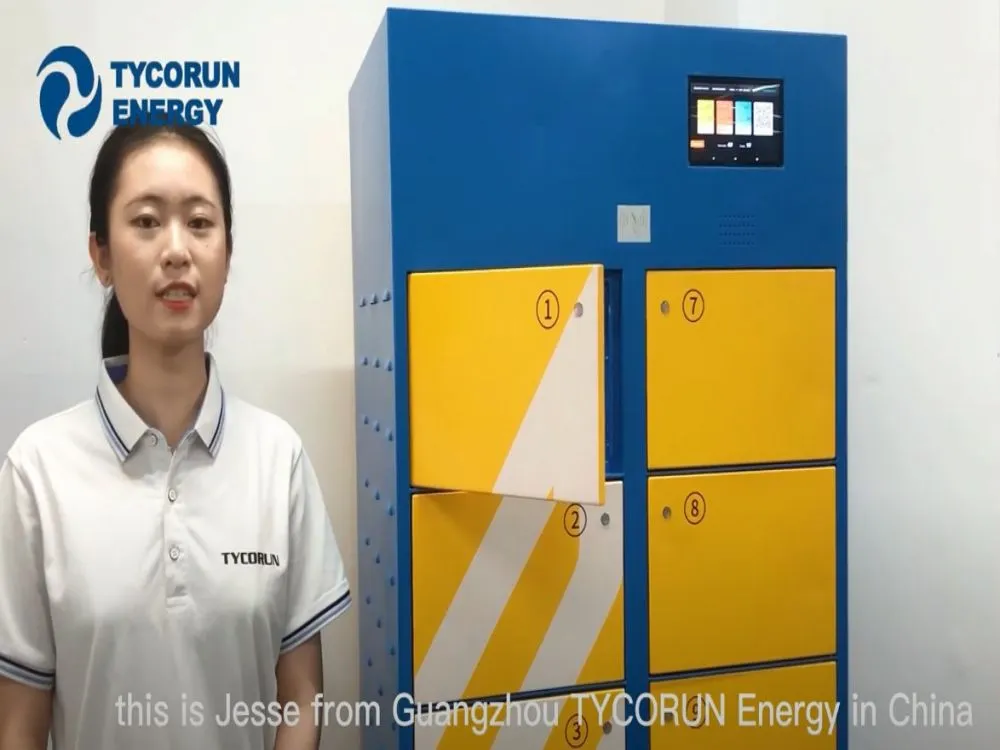


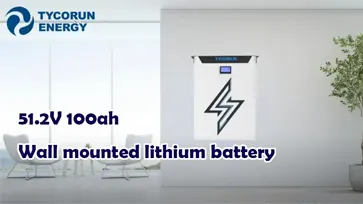
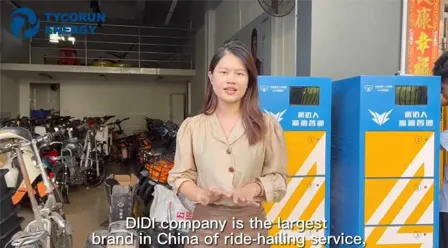
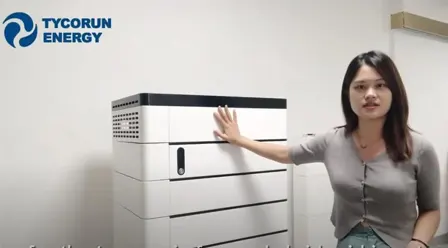
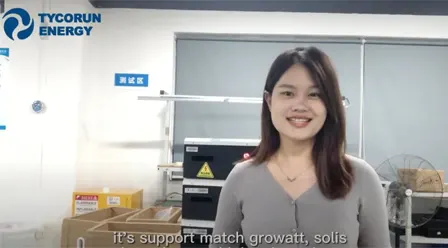
Reviews
There are no reviews yet.